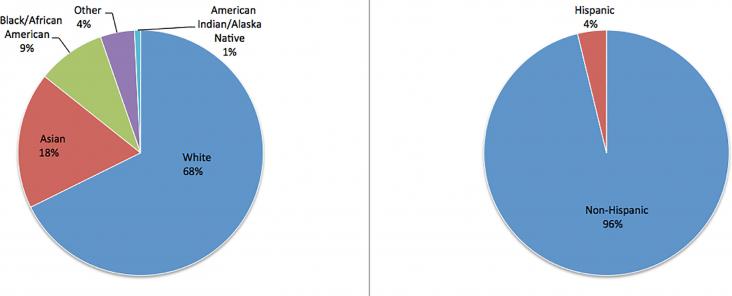Research conducted over the last century has suggested a role for sleep in the processes guiding healthy cognition and development, including memory consolidation.
Children and youth with intellectual and developmental disabilities (I/DD) are at increased risk for obesity, metabolic syndrome, type 2 diabetes, hypertension, hyperlipidemia, and a host of other
People with disabilities, including individuals with intellectual and developmental disabilities (IDD), experience unique circumstances that alter their risk for and experiences of violence and abu
In this article, we describe how the black ceiling—upheld by the powerful institutional logics of patriarchy and white supremacy, inordinately challenging and interlocking systemic barriers to leaders
Introduction: Although vaccination coverage is high in Kenya relative to other African nations, undervaccinated children remain, making it important to identify characteristics of these children and t
Objective: Health disparities are pervasive in nursing homes (NHs), but disparities in NH end-of-life (EOL) care (ie, hospital transfers, place of death, hospice use, palliative care, advance care pla

Objective: To define the current proportion of underrepresented minority (URM) academic urologists in leadership positions.
Social determinants of health, including poverty, contribute significantly to health outcomes in the United States; however, their impact on pediatric hematopoietic cell transplantation (HCT) outcomes
The New York Genome Center (NYGC) recently established Polyethnic-1000 (P-1000), a multi-institutional collaboration to study hereditary factors affecting several types of cancer.

